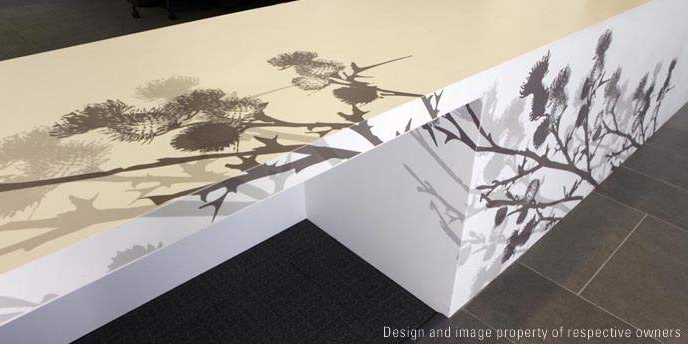Featured Project: The Wall That Heals – Vietnam Veterans Memorial Replica – a Look Behind the Scenes
After nearly 10 years, the Vietnam Veterans Memorial Fund (VVMF) knew it was time to replace the Vietnam Veterans Memorial mobile exhibit of the replica wall, The Wall That Heals. They sent out a request for proposal (RFP) to contractors they thought might be able to handle the project. Creatacor, a full turnkey exhibit display house based in Clifton Park, New York, having completed several smaller projects previously for the VVMF, jumped at the chance to submit their bid and was selected to build the new Wall. Their build included a unique mobile design using Avonite® Eclipse solid surface. The selection process was completed at the end of December of 2017, leaving Creatacor only 7-8 weeks to complete this exciting project.
Creatacor, which employs between 50-55 people just 20 minutes north of Albany, New York, is known by many in the display industry for its state-of-the-art custom fabrication techniques. These techniques have resulted in unforgettable exhibits and inline displays in corporate and retail environments, in interactive kiosks and sets for both television and stage. In essence, Creatacor believes in using the talents of their creative, problem-solving team to come up with just the right solution for every unique situation.
Laying the Groundwork for Teamwork
Creatacor received the RFP early in December and immediately began sourcing the materials for a sturdy frame, for the walls and for the actual engraving in anticipation of the possibility of being awarded the contract. Once Creatacor was awarded the project, everyone lit on fire! Dave West was selected as Project Manager, laying Continue reading







